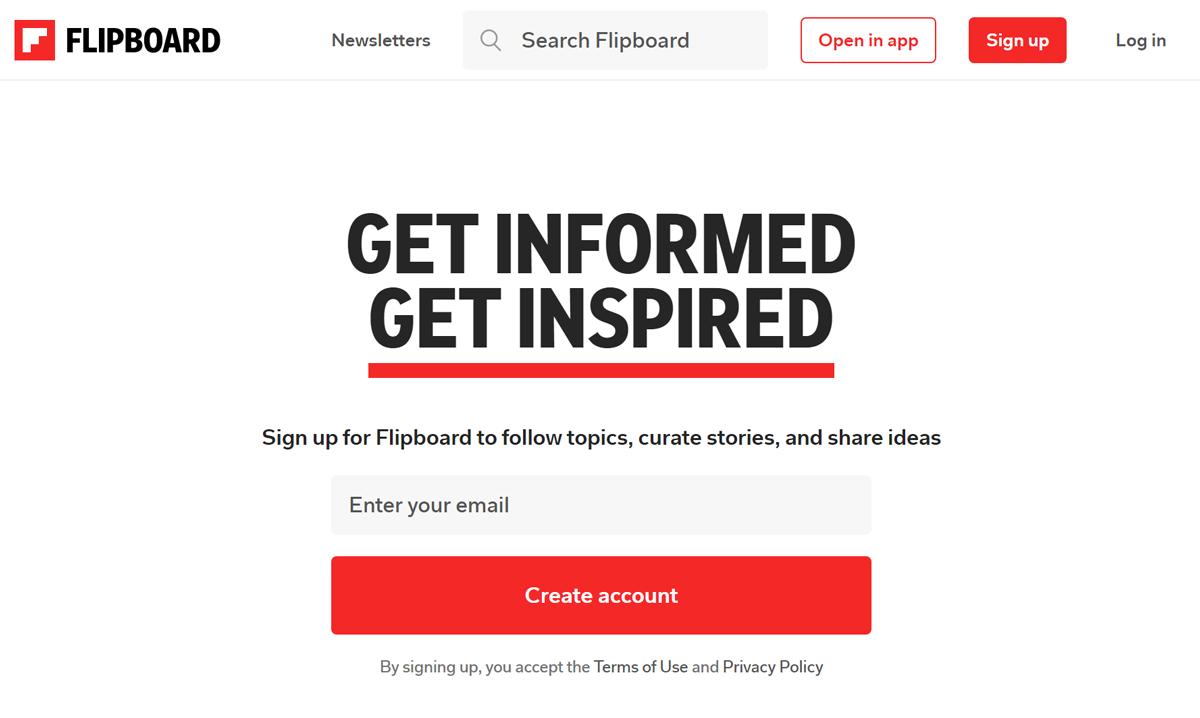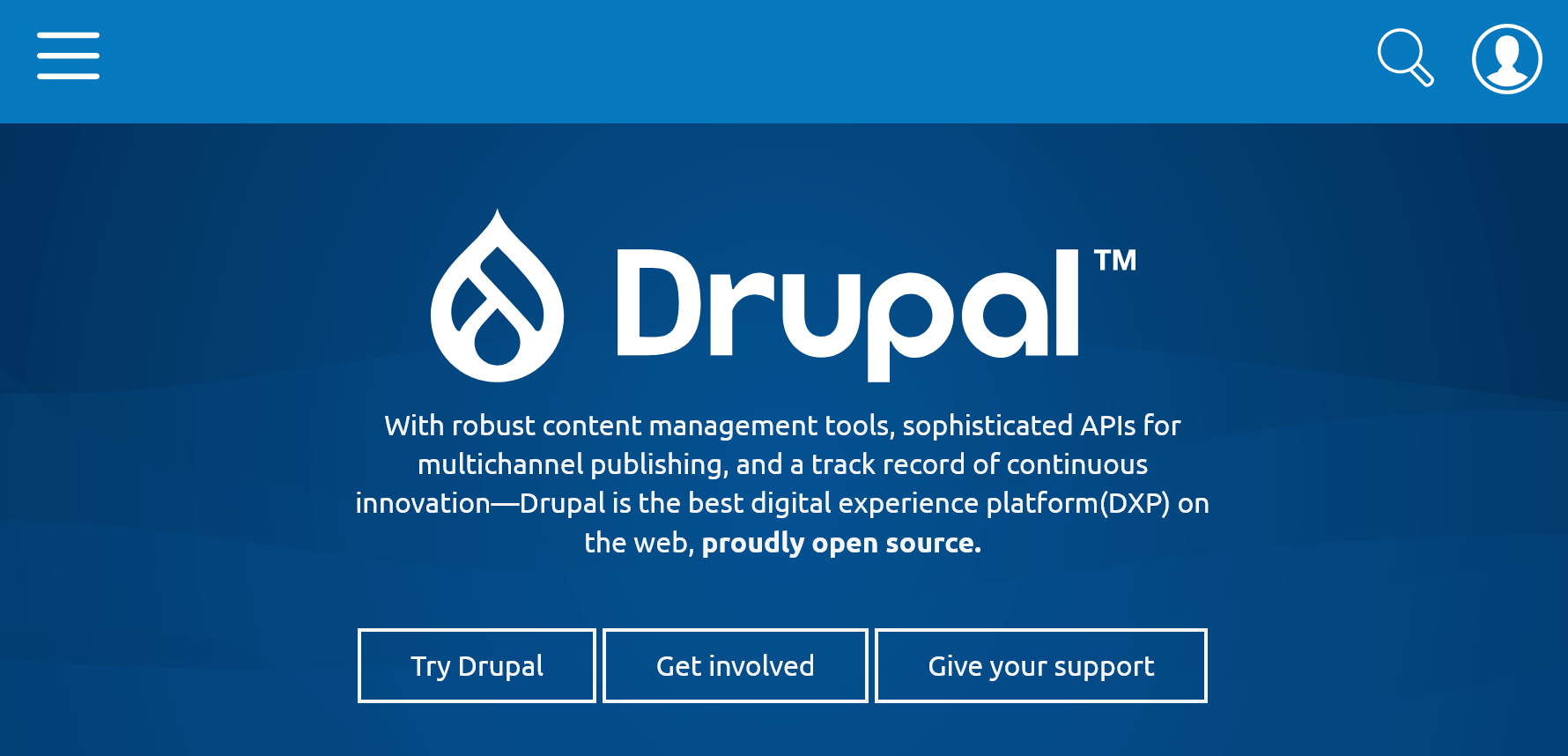Choose an Efficient and Ethical Writing Stack for your Tech Content: 2024
This article is a 2024 update of our previous article, Need an Efficient Writing Stack and Workflow for a Tech Newsletter or Blog? Voilà.
In it I said, "We want to be your best source for news on the two topics (Symfony andn PHP). But, for that to happen, people other than us need to produce items worthy of coverage."
And that is still true. But the writing stack available to authors continues to improve. Thus, this article.
Plus, in 2023 proprietary software accelerated its enshittification and prompted the need to move to open-source software and platforms. The Fediverse, for instance.
Giving Back
As we said before, our mission is not only to cover the Symfony ecosystem. We also serve its respective developer communities. One way we do that is to help more developers write about the Symfony ecosystem and PHP. This helps us and the communities.
If you are reading this article, you are interested in technical topics. And you may publish a newsletter and/or articles covering tech. If so, we've updated this resource for you. If you don’t write, we hope you will start soon. It's a solid way to give back to the community that helped make you successful.
Our site and its articles are ways we give back. These recommendations could apply to any technically-oriented newsletter or blog. But, we’ll focus on our experience with Symfony Station. During the past year, we’ve continued to experiment with a variety of tools. And more importantly, we’ve fine-tuned a stack that works.
Commitment
Regardless of technology, consistency is paramount for publishing. Quality writing takes hard work in addition to talent. So, you have to be committed. And not use AI horseshit. This did not change in 2023.
It is still most beneficial if you publish weekly or monthly, but not randomly. If you aren’t sure about your dedication or have limited time, begin with the monthly route. See if it works for you in the long run. Are you ambitious and passionate about your topic? Is your financial situation secure? Do you have free time? If so, then go for it each week.
Efficient Solutions
The solutions you select for your stack should have desktop and mobile apps or be web-based. You’ll want to be able to work when inspiration strikes. And to do so from anywhere.
The format we’ll use for the following solutions is:
The recommended one(s)
Why you should use it/them
Other quality options
In general, you should choose an open-source option when available. Because, ethics. And we do that here whenever possible.
Speaking of which, you should be viewing this on Firefox, Pale Moon, etc. That is if you believe in democracy. Of if you don't want corporations tracking you, selling your information, and otherwise fucking you over.
And as long as I'm preaching, use something like Nextcloud for cloud services and Roundcube for your email. Or de-google yourself with Framasoft. De-GitHub yourself as well. Etc, etc. Sermon over.
Source topics to write about via:
Newsletters
The highest quality of source materials comes from niche newsletters. It makes sense because their publishers are committed and take pride in their efforts. They are more likely to be professionally written and factual as well.
By the way, you can join ours at the bottom of any page on our site.

Medium is the message
Medium
We’ve found that Medium is a fantastic source. And it’s perfect for tutorials. Investing in a membership is recommended as you can access everything you want to read. It’s worth the expense to boost your career. Non-members can access a limited number of articles per month.
And as you will see below, it has other advantages including a Mastodon instance you can join.
Dev.to
Dev.to is another solid source that concentrates on programming. Like Medium, it too has other uses.
Hashnode
Hashnode is completely focused on developers. It is mostly non-PHP oriented.

kbin
If you follow me, you know my attitude toward Shitter is fuck it. Fuck Reddit too. Since it has entered its enshittification stage as well, I recommend kbin. Like all the Fediverse platforms, it is open-source. With kbin you can follow and participate in magazine or collection threads. You can follow ours at https://kbin.social/u/symfonystation and https://kbin.social/u/symfonystation/c/SymfonyUniverse. Or try Lemmy.
A quick note: kbin is still in its infancy, so it may have some quirks. We can all relate to that.
Mastodon
We joined the Fediverse via Mastodon in 2022 and find it more civil and enjoyable. I am surprised they let us join. 😉
There has been a mass exodus for the tech crowd from Shitter to Mastodon.
If you aren’t familiar with it, you should check it out. It’s a federated platform and has multiple instances/servers/communities. We recommend the PHPC instance. It’s an opportunity to create social media based on your values. Follow us at https://phpc.social/@symfonystation.
One of the best curation sources for us is Flipboard. The magazine-based platform provides content on a wide range of topics. It’s helpful for more than just curation, as you will see below. It also joined the Fediverse in late 2023.
Follow us via our Symfony for the Devil magazine.
Websites
Using sites you admire is a no-brainer. Especially if they have an RSS feed. However, it is usually easier to curate from their newsletters and social media content. WordPress websites may also be federated and followed via the Fediverse.
Google Alerts
You could set up Google Alerts for the main keywords of the topics you cover. Although this is becoming less and less useful as Google continues to enshitify itself and with the rise of garbage AI generated content.
Learn how to set up Google Alerts.
Apple, Microsoft, Android News
Every once in a while, you can find valuable items on your devices’ news apps. At this point maybe more than the Google route.
Save to:
While curating for your upcoming issues or articles, you need a place to store source material.

Curate with Flipboard
We use Flipboard for several reasons.
Since it’s also a great source, you can kill two fascists with one bullet by creating a magazine and sharing the sources there. You can pull all your items from this central location when you are ready to write.
You have the added advantage of using Flipboard for your branding.
It’s fantastic for the distribution of your final products as well. Including via the Fediverse in 2024.
You gain followers that can join your newsletter.
Learn more about creating Flipboard Magazines.
You can also create magazines on kbin. As you saw above.
Obsidian
It's great for notes. See below for more.
You can use Pocket similar to the way you would Flipboard.
Additional
While the following proprietary tools aren’t as efficient, if you already use them, have at it.
You can save items as cards in Trello.
If you are a team or a power user, try Notion. There is more on it below.
Write with:

Obsidian
Because Obsidian uses Markdown, we moved to it. Also, it is open-source. Again, you should always choose the open-soure tool.
Obsidian stores notes on your devices, so you can access them quickly, even offline. Via plugins and themes, you can shape Obsidian to fit your way of writing.
Your content should not be held hostage. Obsidian uses open, non-proprietary files, so you're not locked in and can keep your data in the long term. Take it where you want if you leave Obsidian.
The export to markdown and export to HTML plugins are useful.
Notion
Notion is booming and gets excellent reviews. It is a solid solution if you work in a team. It’s a bit of overkill for us but great for larger teams. But, it is not open-source.
Although it does have a template for blogging.
Tools
The following tools will help make your writing professional without too much AI horseshit.
Grammar
To be taken seriously, your content must be grammatically correct. We recommend using Grammarly. The tool is especially handy if you are writing in a second language.
Plus, it is Ukrainian in origin. And if you didn’t know, we support Ukraine.
Readability
To make your content readable, use the Hemingway App. Ernest was one of the first writers to recognize that writing simply is writing beautifully. And it’s much more effective as well.
While you should use these tools, note that it’s essential that you do not follow 100 percent of their recommendations. You still want your writing to reflect your unique voice and personality.
BTW, please never ever use AI generated content. It is shit and recognizable as such.
Publish to:

Give Drupal a try
Drupal
Unless you only want a newsletter, you need a home for your content and promoting your email list.
And it should be one you own. Preferably, you’ll choose an open-source one. So fuck Facebook, WIX, Squarespace, and their ilk.
If you are more of a developer, consider Drupal. It’s based on Symfony now, scalable, and fully customizable. You can use content blocks, especially with the Gutenberg module.
For hosting, we recommend a2hosting, Platform.sh, or Acquia. We use a2hosting because it let's us use cPanel.
WordPress
If you are more of a content creator or designer, use WordPress. Its block-based approach is ten times easier to use.
Many people don’t know there are two options for the CMS.
- WordPress.org is for those who want to self-host.
And that means paying for hosting from solutions such as Siteground, WPEngine, or Kinsta. It also means more admin work but gives you the freedom to do what you want.
2. WordPress.com is for non-technical users who want automated administration after setup. It can even be free. And it's easy to set up a newsletter with.
Medium
Medium can function as home to your site if you don’t mind renting and having few customization options. And once you build a large enough audience, you can start to monetize it.
Do not fucking use Substack! They platform hate groups, are proprietary, and going bankrupt. If you need a similar service use write.as. They are also on the Fediverse.
Distribute to:

Newsletter
Ideally, you would host your own newsletter. In 2023, we moved ours off of MailChimp to a WordPress site using the Mailpoet plugin. We also branded it "The Payload."
Medium
If you don’t use Medium for your blog, you should cross-post to it. This will increase your reach and drive users to your site and email list. It has a largely technical audience. And you can email posts to your followers.

Explore Dev.to
Dev.to
Ditto for the even more technically oriented users of Dev.to. Again, it uses markdown, so it’s not as user-friendly.
Hashnode
The same cross posting strategy works for the developer crowd on Hashnode. It also uses markdown.
Share to:
It can help if you also share your content on social platforms. Again, it’s a way to increase your reach and drive traffic to your site. And the same applies to adding subscribers to your list. Plus, sharing is caring, according to some. I guess it depends on where and how you share. And whether you truly care or are an asshat.
As mentioned above, it’s an excellent place for readers to find content on particular topics. Thus, it’s a great place to share. Especially as it has joined the Fediverse.
Social Media

Since all the proprietary social platforms are enshittified, you shouldn't use them. Instead use Mastodon, kbin, lemmy, Friendica, MissKey, Peertube, Pixelfed, etc. While you may have fewer followers, you will have much more interaction with your content. And more easily achieve the goals you have for it. All without supporting and giving money to billionaire c^nts.
Additional
Slack was not a source of much engagement for us so we don't use it. But, if you do for other purposes, it can’t hurt sharing on it as well.
Summing it up

Meet WordPress
By using the stack of tools we recommend you can increase the effectiveness and efficiency of your newsletter and article writing process. It can save you hours on your time-intensive labor of love. Plus, it allows you to concentrate on the important part, writing.
Some distribution and sharing platforms might be different based on your industry.
But, here is our stack:
Find items to cover in/on other newsletters, RSS enabled sites, Flipboard, Medium, and the Fediverse
Save your items to a Flipboard magazine and/or Obsidian until you are ready to write
Write your content with Obsidian
Publish it to Drupal or WordPress
Distribute via your newsletter, Medium, Dev.to, Hashnode, and/or LinkedIn
Share to Flipboard, the Fediverse, and/or Slack
Repeat daily
So, please explore the tools we will be using in 2024. We hope you will experiment with them and integrate them into your workflow. Doing so will breathe new life and quality into your publishing efforts. And that benefits your readers.
Thanks for reading, and happy writing Symfonistas!
